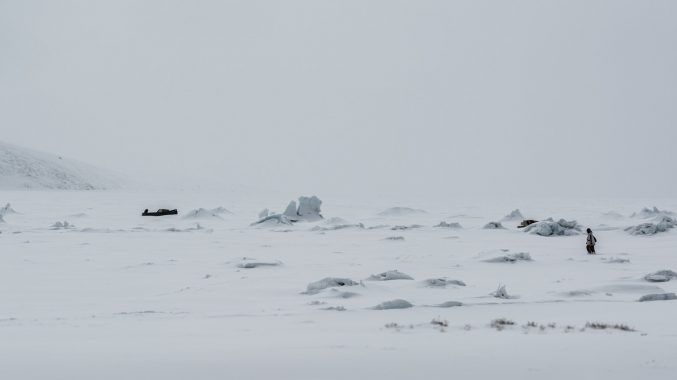DESTINATION
GREENLAND
SPORTS
SKI AND PULK
‘Imaqa aqagu’ means ‘maybe, tomorrow’ in the Inuit language. This expression became a mantra for the two French explorers who came back in May from their ‘Sea-Ice Greenland’ project. The expedition, an itinerant study of climate change on the north-west coast of Greenland, turned out to be an unforgettably beautiful adventure, which also included its fair share of improvisation.
In an environment such as Greenland, where climatic and geographic conditions are so extreme, you have to be flexible and agile to adapt your project to the ever-changing weather forecast. The game is even more complicated due to climate change, which seems to affect these extreme areas of the world more noticeably. But isn’t improvisation what turns a trip into an adventure?
Let’s go back to the beginning: after three years of development and preparation, with the critical support of the MXP grant, Guilhem and Guillaume left for Greenland on March the 4th.
‘The outward journey along with the arrival on site were truly unique moments. It represented the culmination of years of work. To see the project finally come into being despite the numerous difficulties was of the greatest satisfaction. We were finally able to set foot on Greenland.’ (Guilhem)
After landing in Upernavik (Population:1000), the extreme weather conditions meant the importance of logistics immediately came to the fore in full measure: The two pulks, with all the necessary equipment for the expedition, are stuck in Ilulissat, 400 kilometres further south. Guilhem and Guillaume adapt to the circumstances and decide to wait for a few days, take pictures, record sounds, establish a first contact with the locals, conduct interviews and observe the daily life of the fishermen. But after two weeks of waiting and hoping, frustration sets in and they decide to head out. Hitching up their sleds, they try a new itinerary to the one previously planned.
Arriving at Ilulissat on the 21st of March, Guilhem and Guillaume leave for the North with the objective of reaching the Nussuaq peninsula and eventually the Uummannaq fjord. But once again, the two adventurers have to deal with yet another fly in the ointment: the lack of pack ice forces them to go overland on ground which is too uneven for sleds loaded with up to 100 kilos of supplies and equipment. Add to this frostbite contracted after continuous exposure to temperatures ranging between -30 ° and -40 °. The difficulties encountered undermine this first attempt and force them to turn back just two days after departure.

The two explorers reached their goal to create a connection between young Belgian, French and Greenlandic pupils.
If the sporting and exploring goal to cross the ice pack on skis with pulks between Upernavik and Kullorsuaq couldn’t fully be achieved, this doesn’t mean that the project was a failure.
On the one hand, on an educational level, the two explorers have achieved their initial ambition to forge a bond between young French, Belgian and Greenlandic pupils. Ahead of the trip, a program was set up with primary grade classes in France and Belgium to transfer books, photos, drawings or videos to their Greenlandic counterparts. The adverse weather forecast allowed Guilhem and Guillaume to spend time at the schools in the communities of Oqaatsut, Aappilattoq, Inarsuit and Kullorsuaq where they enjoyed beautiful exchanges with the students there as well as moments of bridging cultural gaps.
The third objective was scientific: diving head first into the local life in order to get a better understanding of these unique people, they asked the fishermen and hunters from the diverse Inuit communities about the current hunting and fishing practices and the environmental changes they face. The collected data will enrich a social science study led by the Takuvik laboratory (International Mixt Unity CNRS – Laval University, Quebec, Canada) at Baffin Bay.
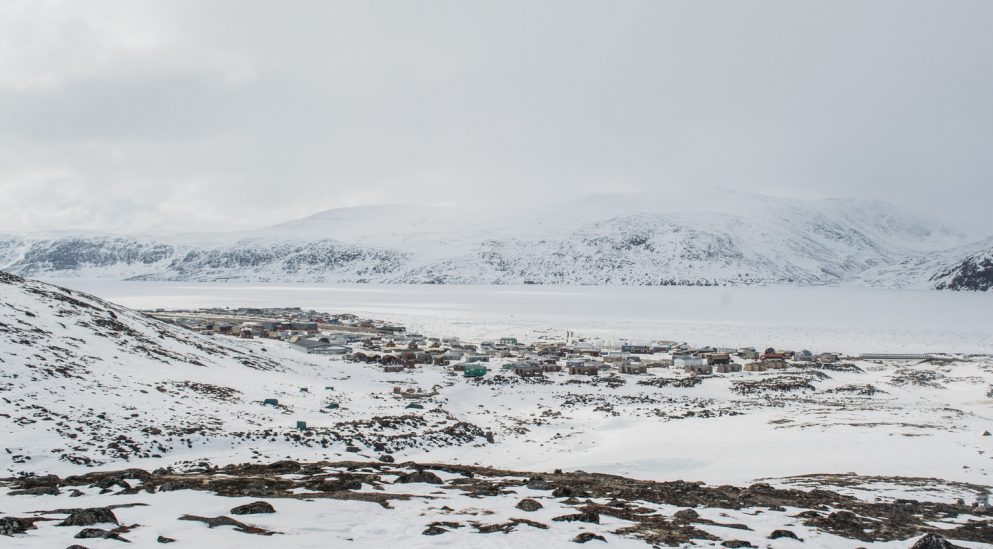
After two weeks of waiting at Upernavik, the two adventurers decide to go separate ways in Ilulissat: Guillaume goes it alone heading North, crossing a barely skiable ice pack.
’How can I get out of this trap? There is no way to go by boat, there is far too much ice, but this ice is too weak to carry a sled or skier. One can go by helicopter, but the next seat available is not for another month! I can’t be stuck here for a month… Therefore, I need to try to get back by going the other way. The locals tell me that I have a small window of opportunity if I try within 24 hours. After that, it will be too late.
Here are 10 kilometres of really tough traversing, skiing on decaying ice. In the beginning, my fear is intense, but I manage to concentrate and try to progress in the safest way, wearing a dry suit and uncoupled to my pulks so that they don’t take me with them if they go under. My leg breaks through the thin ice up to the knee several times and I must also retrieve my pulk from a hole. The risk, of course, is falling in, so I prod the ice ahead with my pole before each step.
At this point, the universe consists of just the few metres of decaying ice which now surround me. Nothing else matters. Finding a way to traverse the next 10 metres, however, is all that matters. One step at a time, I find a way. The nightmare ends. (Guillaume)
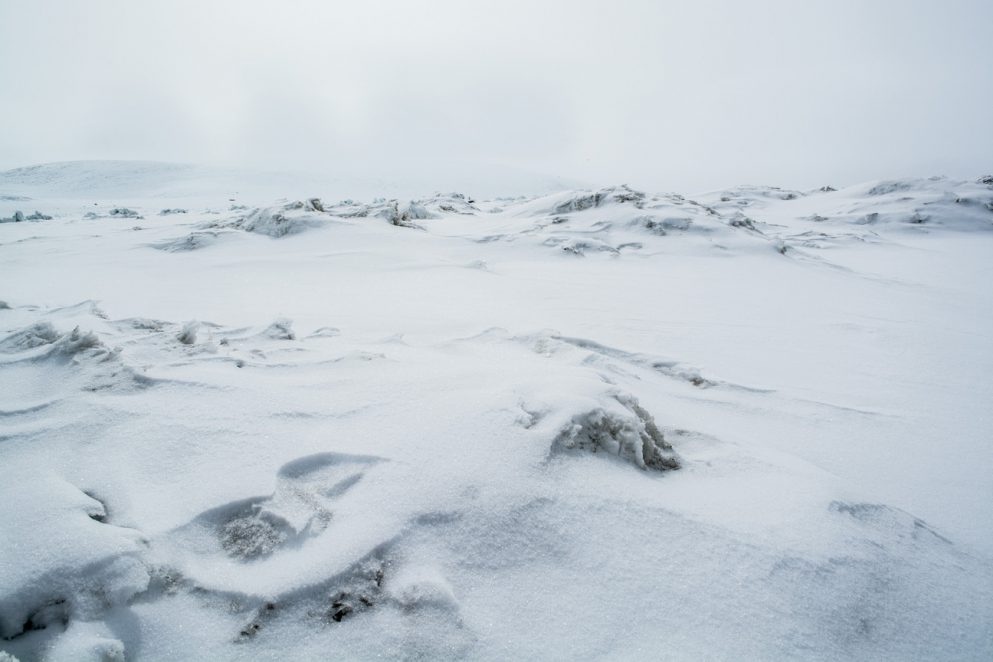
After showing I could acceptably handle myself in the cold alone, they let me join them.
Meanwhile, Guilhem stops for a few weeks in the village of Oqaatsut, where he discovers the typical life of a Greenland community, highlighted by the coming and going of just a few sleds and fishing boats which bring the small village to life. It is not easy to become part of the community as few people speak English. However, the local schoolteacher manages to facilitate the presentation of the project and the exchange with the Oqaatsust students and hunters. The moments shared with the inhabitants are the most memorable and most intense of the expedition:
“Being with these two hunters, far away on the ice pack, north of the last village, in a magical setting made of gigantic icebergs, with enormous glaciers in the distance which snake down from the ice cap and the vastness of the uninhabited Melville Bay is all too much to take in. After showing I could handle myself in the cold alone, they let me join them. Adjusting the rifles with them, commenting on the itinerary observing the ice, drinking and eating with them inside the tent… It was during these moments when I knew that all the challenges and sacrifice had been worth it!” (Guillaume)
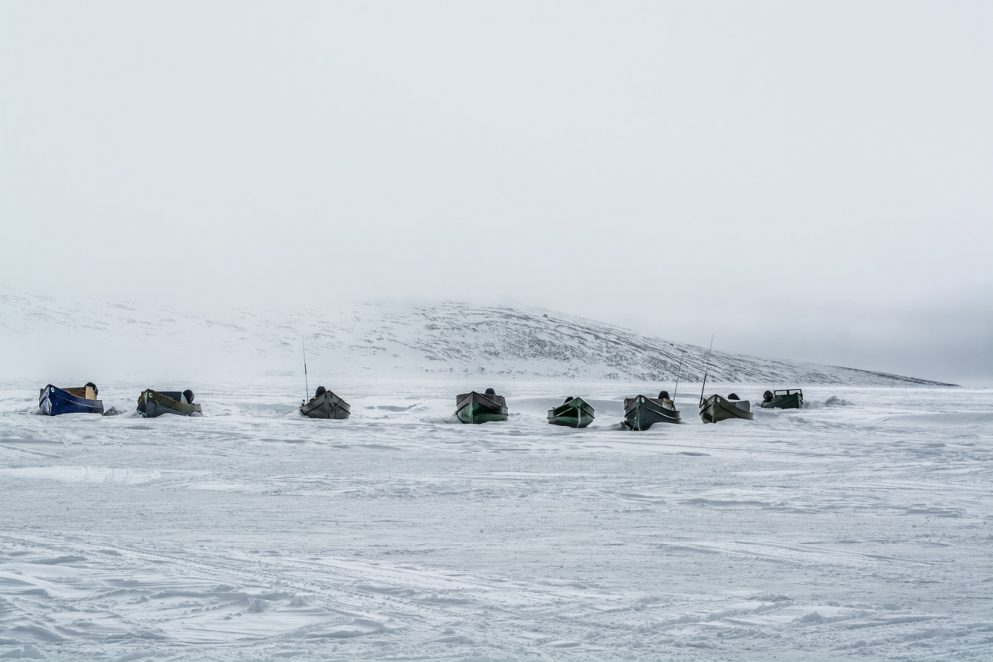
The equipment is extremely important, from the tent to the batteries and clothes in order to offer the best chances of success to the expedition.
In the extreme environment they had to face, performance equipment was crucial, from the tent to the batteries and the clothes, to offer the best chance for the expedition to succeed.
The Arctic environment in winter is by definition, not tough but extreme. On the coast, temperatures might not get as low as inland areas, but wind and humidity can present a serious issue. A manageable -25 °C can easily feel as cold as -30 °C. Your equipment must be warm, as well as light and durable. We’ve found a good compromise with the mountaineering gear provided by our different partners. Gear designed for high altitudes is well adapted to this type of expedition. (Guilhem)
“I was permanently exposed to the cold. Because we were fighting against it day in and day out, it was paramount to have one’s own cocoon for times at rest: a tent and sleeping bag from Nemo, Millet down pants and an Optimus stove where essential elements of the camp and expedition for me. It was not just for a few hours or days, but weeks on end, and it truly made the difference. You have to be able to rest well, physically and mentally, to fully enjoy the days and be able to take the right decisions at critical times. The Goal Zero battery provided a reliable power supply to the cameras. Even at -30 °C it was stable and tough and would not lose any power.” (Guillaume)
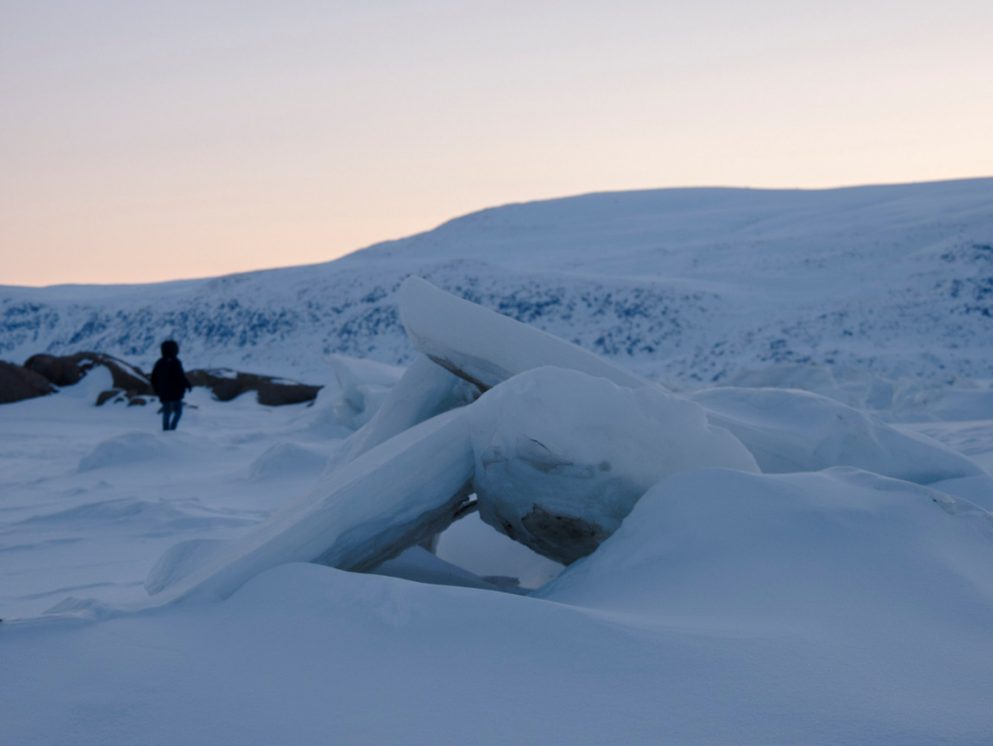
Performance equipment, mental and physical training as well as the desire to get involved: this is where the cornerstones of adventure are found. For Guillaume and Guilhem, it means getting off the beaten track to realise a project, no matter what it is.
“For me, adventure is going out of my comfort zone and reaching new limits. Adventure is a way to question myself and accept that I am unable to control everything, expose myself to danger and in a more general way, the unexpected.” (Guilhem)
Going on an adventure gives us the chance to explore ourselves and get to know ourselves at a deeper level: to see up to which point we can manage our fears, to see if we’re able to take decisions in extreme circumstances. But of more importance, it is a trip to discover different territories, where many things change, from language to culture, inhabitants, habits or the fundamental concepts of space and time. This experience shows us that, despite all the differences and challenges we come up against in this unfamiliar environment, it is possible to integrate, discover and above all, share.
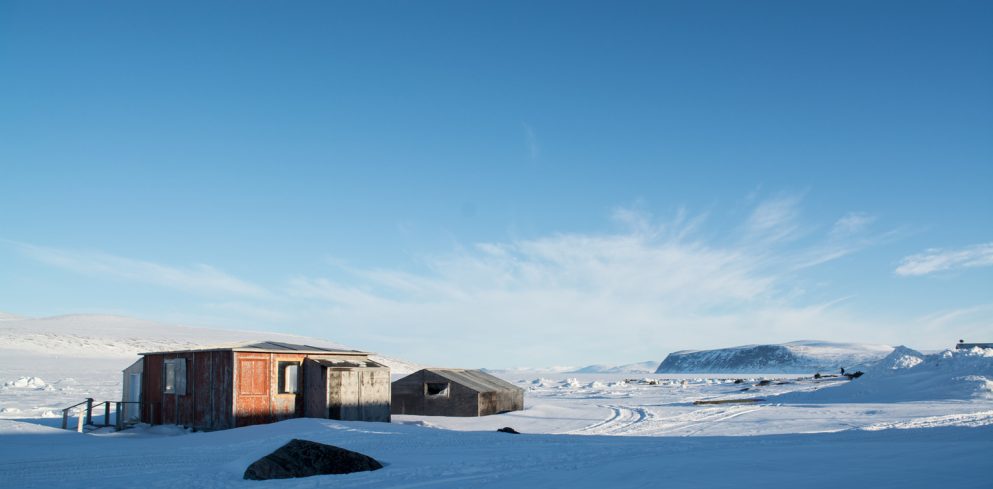
TIPS FROM THE ADVENTURERS
Which advice would you give the next MXP 2022 adventurers?
- Being backed by a local person is a great advantage to understand in detail how things work. Don’t underestimate cultural differences, as much as organisation and logistics.
- Know yourself and test yourself on progressive objectives in terms of commitment, length and complexity; just as much at a personal level as at a team level.
- Go the extra mile when planning: Extra preparation time, extra time on site during the expedition and extra money to deal with unexpected surprises. You can never be too prepared!
